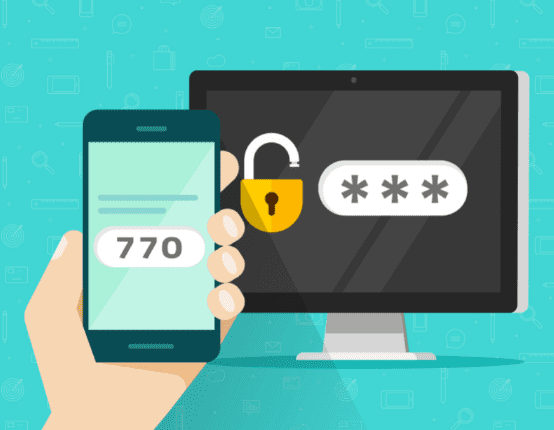Multi-factor authentication (MFA) is an advanced security mechanism that requires two or more verification methods from different categories to authenticate a user’s identity for a login or transaction. This approach is much more secure than single-factor authentication, which only requires a username and password. MFA is designed to protect both the user’s credentials and the resources the user can access.
The key components of MFA are:
- Something You Know (Knowledge Factor): This is the most common authentication factor, which includes anything that the user knows and can remember. Examples include passwords, PINs, and personal security questions. While passwords are the most common form, they are also the most vulnerable to attacks like phishing and brute force.
- Something You Have (Possession Factor): This involves something the user physically possesses. Examples include security tokens, smartphones, smart cards, and key fobs. These devices can generate time-sensitive codes or receive push notifications for authentication. The idea is that even if someone knows your password, they would still need this physical device to gain access.
- Something You Are (Inherence Factor): This involves biometrics, which rely on the unique physical characteristics of an individual. Common biometric methods include fingerprint scanning, facial recognition, iris or retina scanning, and voice recognition. These methods are becoming increasingly popular due to their convenience and the fact that they are difficult to replicate or steal.
- Somewhere You Are (Location Factor): This factor involves the use of geographical location as a form of authentication. It can be determined through GPS tracking or IP address location. For example, if an access request comes from a location where the user is not usually present, it can be flagged or denied.
The purpose of MFA is multifaceted:
- Enhanced Security: By requiring multiple forms of verification, MFA significantly reduces the risk of unauthorized access. Even if a hacker obtains one credential, such as a password, they are unlikely to have access to the user’s physical device or biometric information.
- Preventing Identity Theft: MFA makes it more difficult for attackers to impersonate users, thereby reducing the chances of identity theft.
- Compliance with Regulations: Many industries have regulations that require enhanced security measures, including MFA, to protect sensitive data.
- Building Trust: MFA can help organizations build trust with their customers by demonstrating a commitment to protecting their data.
- Adaptability: MFA systems can be configured to balance security with user convenience, adapting to various levels of risk associated with different types of access requests.
Multi-factor authentication provides a robust security framework by combining multiple authentication factors, making it significantly more challenging for unauthorized parties to breach secure systems or data. This not only helps in safeguarding sensitive information but also plays a crucial role in maintaining user trust and complying with regulatory standards.
